How Your Projects Come to Life: From Big Ideas to Built Work
In the world of landscape architecture, turning a vision into a constructed, functional, and beautiful space is a complex process involving many moving parts. Whether you're a municipality planning improvements for a community park or a private organization reimagining your outdoor campus, knowing what comes next after your master plan is complete can feel overwhelming. This two-part guide breaks down the process of preparing for and implementing your project.
Part I: Preparing for Construction: Construction Document Preparation
Once a strategic vision or master plan is in place, the next step is preparing for implementation, which typically consists of creating construction documents. Construction documents are a comprehensive set of drawings and specifications that define the scope, details, and requirements for a project which can be handed over to a contractor for implementation. This is the stage in the project when concepts begin transitioning into tangible results, and a variety of professionals and stakeholders come into play. Landscape architects can lead a team of other sub-consultants and gather input from vendors throughout the construction documentation process. The Owner, stakeholders, and construction manager guide the project by weighing in on more detailed decisions that need to be made during the final stages of design.
Key Players:
Owner: The individual, municipality, or organization legally responsible for the project.
Stakeholders: Community members or internal team members who give feedback and often support the purpose of implementing a project for positive community impact.
Grant Funders: When applicable, funders who help finance the project may have specific requirements that must be meet.
Consultants: Specialized professionals with varied expertise that could include landscape architects, engineers, architects, and environmental restoration specialists, depending on the project.
Construction Manager Ultimately responsible for oversight during construction but may be brought in early to provide cost and feasibility insight earlier in the process.
Vendors: Product suppliers for site furnishings, materials, and specialty equipment.
All of these parties collaborate to fine-tune the design, create construction documents, and ensure that permitting, budget alignment, and construction timelines are on track.
Part II: Construction
There are several different ways to bring a project to life once the design is finalized. Each method depends on project size, budget, oversight needs, and whether the project is public or private.
1. General Contractor (GC): One of the most common approaches, especially for moderately sized park and campus projects. The owner hires a general contractor (typically through a public bidding process), who in turn hires sub-contractors to complete specialized work like landscaping, irrigation, paving, or electrical work.
2. Construction Manager (CM): For larger and more complex projects, a CM is often hired early in the design process. Their role is to help guide budget expectations, assist with bidding, and oversee construction. Examples include large public projects such as the MLK or Mortensen Family Healing Garden at the Corewell Ludington Hospital.
3. Community Build: Best suited for specific portions of a project such as playground installations or picnic shelters. These events are typically coordinated with a product vendor and rely on volunteers sourced by the owner. Community builds can reduce costs and boost local engagement. The Houseman Field playground in the City of Grand Rapids is one such example.
4. Design-Build: This method involves the contractor during the early design phase and allows final details to be refined on-site during construction. It’s often used for residential projects or in cases where flexibility in design is important. Design-build is efficient for projects where design and construction phases overlap.
Choosing the Right Method
Mortensen Family Healing Garden
Several factors determine which construction approach is the best fit:
Whether the client is a public or private entity
The scope and budget of the project
The desired level of internal oversight
The completeness and detail of the construction documents
From refining a vision to selecting a build method, the process of bringing a landscape architecture project to life is deeply collaborative and tailored to each project’s unique needs.
If you’re local to West Michigan and want to see these ideas in action, we have several projects currently underway. MLK Park in Grand Rapids and Lakeview Park in Portage are currently in the Construction stage, while Houseman Field is moving forward as a Community Build, and the Mortensen Family Healing Garden at the Corewell Ludington Hospital has been recently completed. Stay tuned for updates—or better yet, come see the transformation for yourself!




